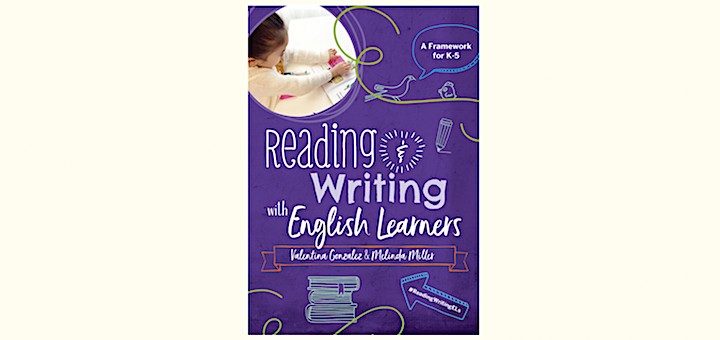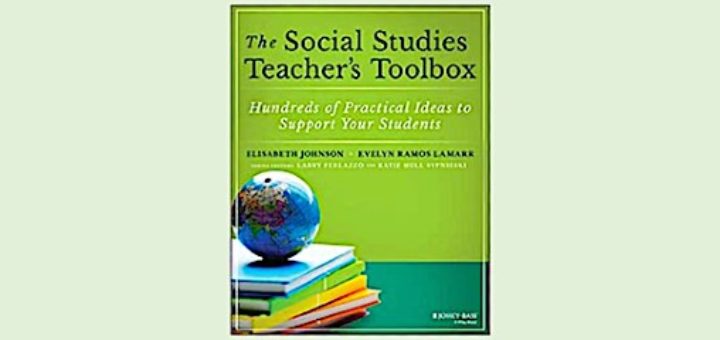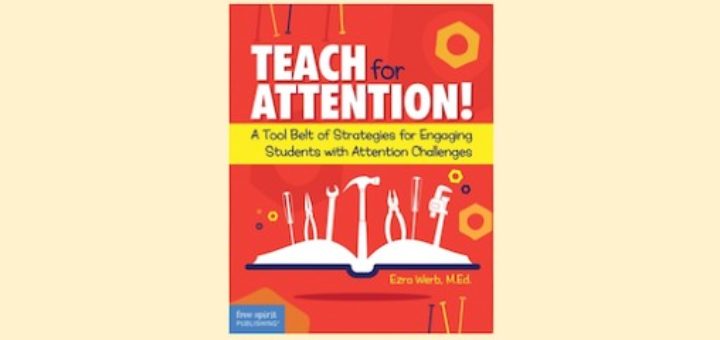An ELA Framework for English Learners
Once you begin Reading & Writing with English Learners, you won’t want to stop. Better yet, you’ll begin looking at your lesson plans, figuring out how to fit in all the fresh ideas you’ve gathered, writes high school EL teacher Emily Francis, who recommends it for K-12.

























